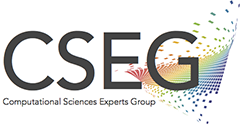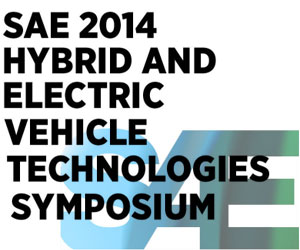I recently attended the Hybrid Electric Vehicle Conference in beautiful San Diego, organized by SAE. All of the major players were present and the sessions were interesting. Hybridization has caught some serious traction now and the numbers show. There are now 14 million vehicles sold with some form of electrification and 535 models in the market that produce more than 30 mpg!

The talks, my conversations with the major players present, and the papers presented left me with three interesting takeaways from the conference:
We need to reframe how we think about Hybrids.
- According to analysis done at University of California at Davis, we will spend anywhere from $10B to $100B in additional costs for ZEV over non-hybrids – in incentives and additional hardware. However, the expenditures (new cars and fuels) are ~$15 trillion in the same period. So incentives are <1% of total expenditures and is a no-brainer from a macro perspective.
- But these macro issues won’t come into play until 2025, when rising fuel prices get to a tipping point. Today, customers rank fuel economy 12th, behind trunk space and color. The truth is that we live an era of cheap fuel which is artificially depressed due to subsidies. As long as we continue to hide the true costs of fuels, hybrids will have to work hard to catch the customer’s eye.
- OEMs are bearing brunt of the research and development work in improving fuel economy, with DOE Vehicle Technologies Office budget at around $300M/yr and OEMs jointly spending ~102 Billion in R&D. If we don’t meet fuel economy standards, it won’t be for lack of trying.
A new drive cycle standard is coming for Europe and Asia
- New standard is called WLTC – Worldwide Light vehicles Test Cycle, set to be introduced in 2017, and has higher acceleration and higher speeds with lower idle time. European OEMS are busy re-optimizing and analyzing technologies for this drive cycle.
- Needless to say, it is a hot topic in Europe but not much of a topic of conversation in North America yet because the new drive cycle does not concern North America certification.
Start-Stop is becoming mainstream. 48V to follow.
- In US there have been 3 million vehicles sold with start-stop technology to date, and this number is expected to double to 6 million by 2016. Stop-start is accepted to be a dominant technology in achieving higher fuel-economy. It is seen as a natural bridge towards a fully electrified vehicle.
- Another enabler of hybridization following start-stop is the 48V system. A 42V system was fiercely debated in the 1990’s and had a subsequent abrupt demise. However, now the market conditions for the 48V system are substantially different. With the start-stop now gaining traction, the 48V system offers a better kinetic energy recovery capability leading to improvements in fuel economy up to 15%. Battery suppliers are adding 48V volumes to prototype and production schedules.
And… the most important takeaway? And this was a theme connecting a majority of the talks.
- System engineering and connectivity is KEY! These systems are now highly complex, very interdependent and require significant control and active management.

